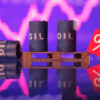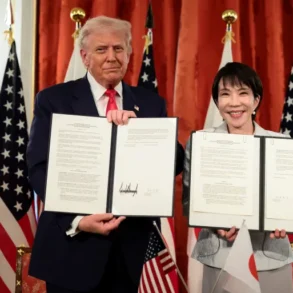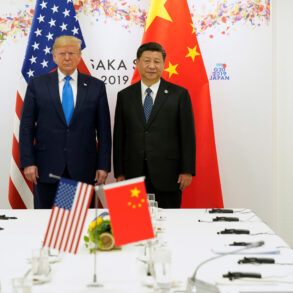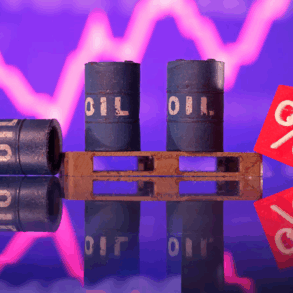Imagine opening your bank account to find an unexpected $2,000 deposit from the federal government. For many Americans grappling with rising costs for groceries, rent, and everyday essentials, it would feel like a lifeline. But President Donald Trump’s recent proposal to fund such payments through tariff revenue raises a critical question: Is this windfall too good to be true? While the idea offers immediate relief, experts warn it could spark inflation and higher prices that wipe out those gains over time.
The Proposal: Tariffs as a Source of Direct Payments
On November 9, 2025, Trump announced on Truth Social that his administration plans to use money collected from tariffs—taxes on imported goods—to send $2,000 checks to “everyone” except high-income earners. This isn’t the first time he’s floated the concept; he teased it in summer fundraising emails, framing it as a “tariff dividend” to reward Americans for policies aimed at protecting U.S. jobs and reducing trade deficits.
The plan echoes the COVID-19 relief efforts, where the government distributed three rounds of stimulus checks totaling over $800 billion to help families weather economic shutdowns. Trump’s version ties the payments directly to tariff income, positioning them as a way to redistribute the costs of his aggressive trade policies. Proponents argue it could ease the financial strain left by years of post-pandemic inflation, which has driven up prices across the board. Trump campaigned heavily on lowering these costs, a message that helped him defeat former President Joe Biden.
For the administration, tariffs aren’t just about cash handouts. They’ve defended the measures before the Supreme Court as tools for gaining leverage in trade talks with countries like China and Mexico. The revenue could theoretically tackle the national debt, too—but sending out hundreds of billions in checks would likely drain those funds faster than they’re collected.
Short-Term Relief Meets Long-Term Headaches
At first glance, $2,000 per eligible adult sounds like a game-changer. It could cover a month’s rent, pay down credit card debt, or stock up on groceries for families still feeling the pinch of elevated living expenses. With consumers seeing only modest relief after years of high inflation, this infusion might provide a much-needed buffer.
But economists point to hidden downsides. Injecting billions into the economy at once ramps up consumer demand for goods and services. When more people have cash to spend but supply chains remain strained—especially with tariffs making imports pricier—businesses often respond by raising prices. Studies, including one from Bank of America, show “overwhelming evidence” that tariffs have already increased costs for U.S. consumers, as companies pass on the added expenses.
This double whammy of extra spending power and higher import costs could fuel inflation. The Federal Reserve has been cautiously cutting interest rates to cool prices and spur growth, but persistent inflation might force it to reverse course with hikes. Higher rates make everything from car loans to mortgages more expensive, eroding the value of that one-time check. In essence, Americans could end up paying more for everyday items, homes, and credit just to offset a temporary boost.
Political and Practical Hurdles
Even if Trump pushes forward, turning this into reality won’t be easy. The proposal would require congressional approval, and with the federal government mired in a 40-day shutdown as of November 9—leaving hundreds of thousands of employees unpaid—lawmakers are more focused on basics like reopening offices than on new spending programs. A deeply divided Congress, split along partisan lines, makes passage a long shot.
Trump’s team insists tariffs will generate enough revenue to cover the checks without ballooning the deficit further. Yet critics argue it overlooks the broader economic ripple effects, like disrupted supply chains and retaliatory tariffs from trading partners that could hurt U.S. exporters.
A Balancing Act for the Economy
Trump’s tariff dividend idea taps into widespread frustration with high costs, offering a populist fix that puts money directly in voters’ pockets. It’s a clever political move, blending protectionism with relief in a way that resonates after years of economic uncertainty. But as history shows from the pandemic checks, quick cash can come at a steep price if it overheats the economy.
For now, struggling Americans might dream of that $2,000 deposit, but prudence suggests holding off on big plans. Until Congress acts—and inflation risks are weighed more fully—this remains more promise than policy. In the end, true relief may lie not in one-off payments, but in sustainable strategies to tame prices and rebuild affordability for all.








